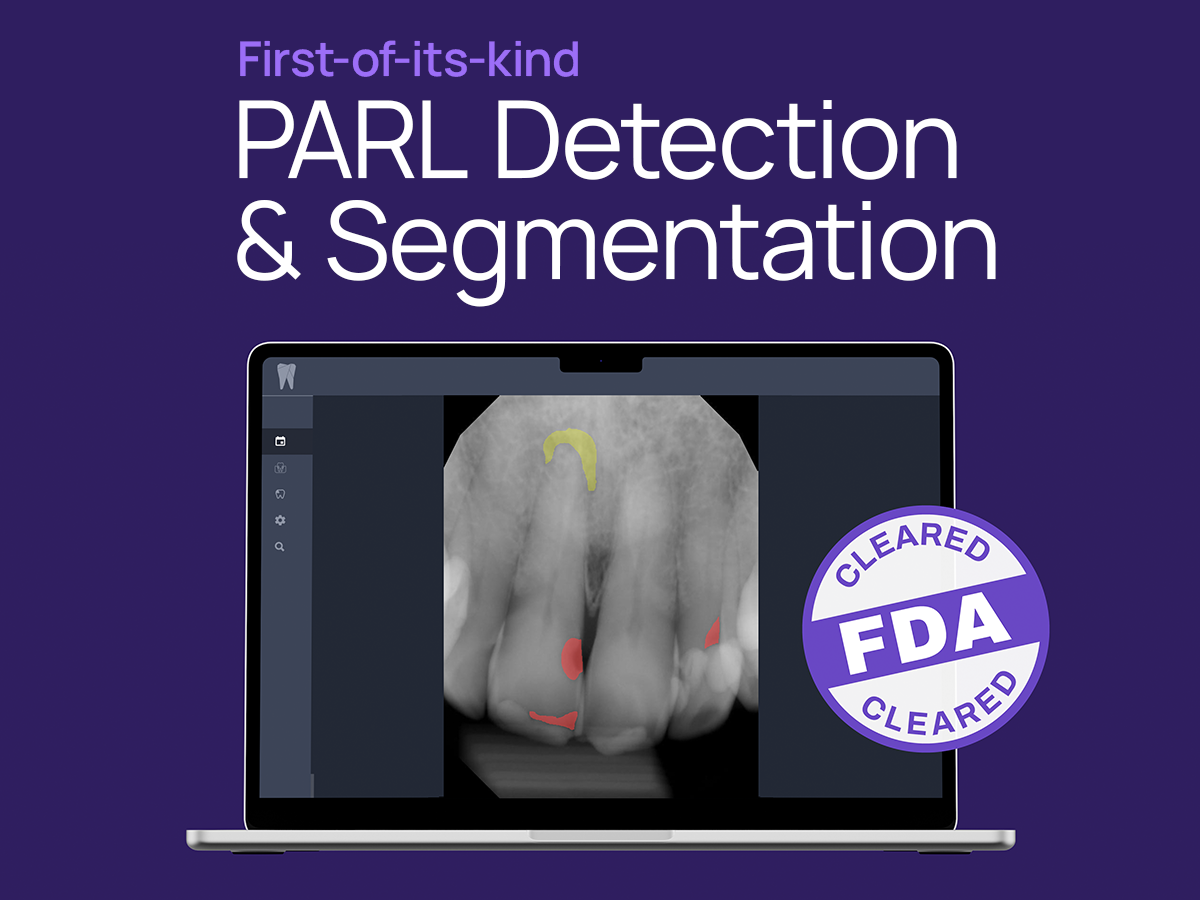Originally published on Seattle Study Club Journal on May 27, 2022
Dr Robert Kolts recommends establishing uniform criteria to remove confusion and elevate the quality of care.
A great example of the need for standardization is on the diagnosing of periodontal disease and recommending scaling and root planing in your office. Did you know that nearly 60% of periodontitis goes undiagnosed? When surveyed on why they think this is the case, the most common response by dental hygienists is the lack of clarity, consistency, and reinforcement from doctors regarding their diagnostic criteria and protocols.
Nearly every dental insurance company requires two things to approve a claim for scaling and root planing, which aligns with the American Academy of Periodontology. The first is evidence of an inflammatory process as evidenced by the periodontal charting. The second requirement is evidence of radiographic bone loss. All this means for your practice is that you must gather both of this information throughout the year during your patient’s hygiene visits—complete six-point periodontal charting and capture bone level measurements from the radiographs. Every hygienist knows how to capture periodontal charting, but is this being done? How many of your patients have a current periodontal chart? The number is likely lower than you realize. The following criteria is bone level measurements. Do you know how to capture bone level measurements? The easiest way is to measure from the CEJ to the crestal bone on a bitewing radiograph. You can also calculate a percent of root exposure by taking a periapical radiograph and factoring in the location of the apex. This can be done manually using a calibrated x-ray and the measuring tool on your x-ray software for each tooth, or you can automate this process on your standard x-rays through the power of artificial intelligence. Once your team is adequately and accurately gathering this information, you can begin creating uniform criteria for periodontal probing depths and bone level measurements that your hygiene team can apply uniformly in their treatment recommendations. This will remove the confusion and frustration from your dental hygiene teams and, most importantly, elevate the quality of care your patients receive.











